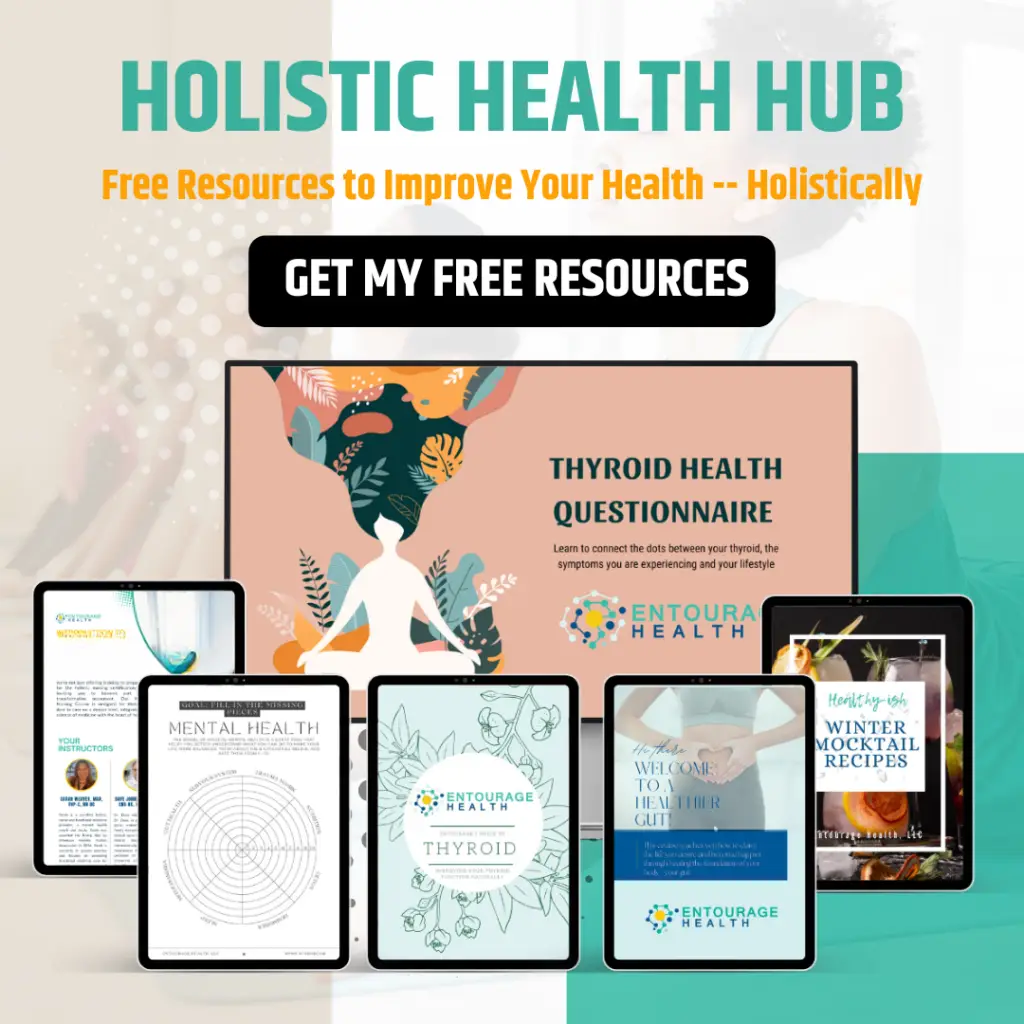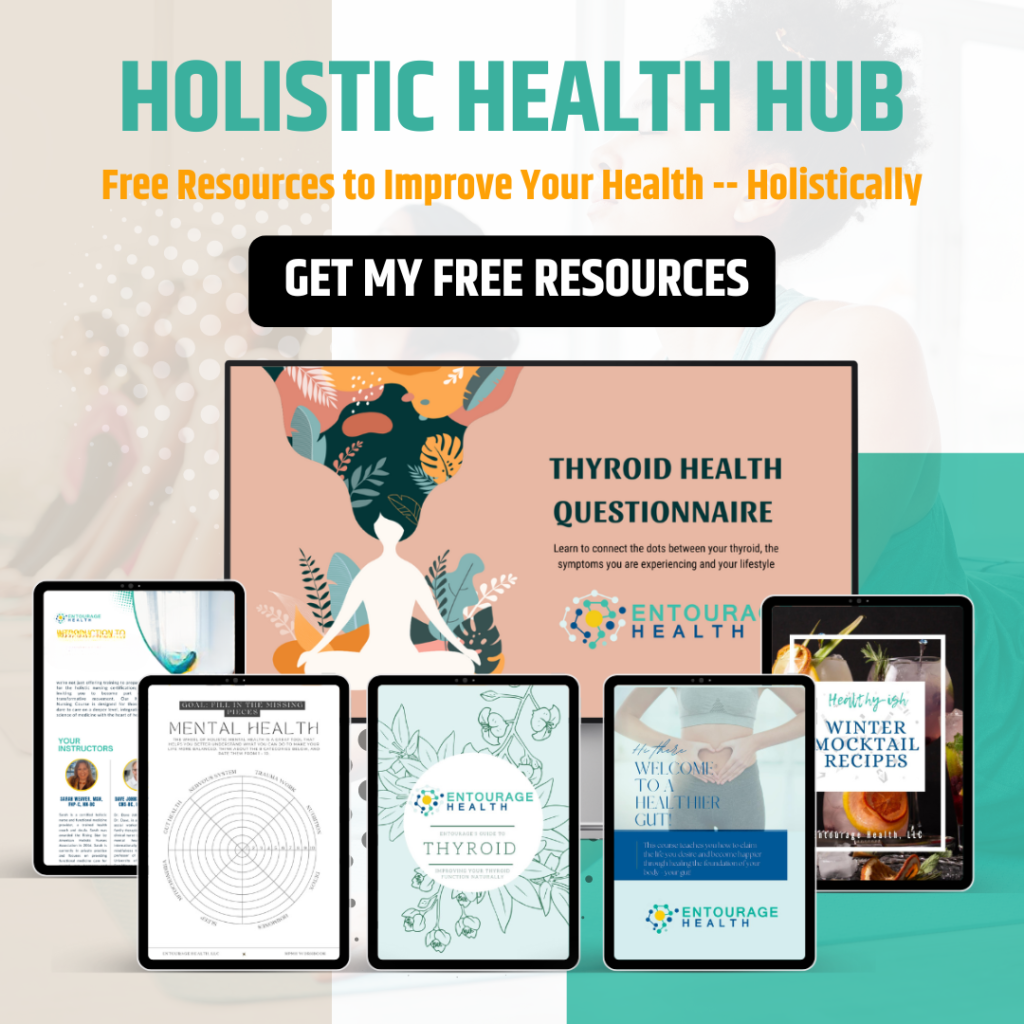Imagine the daily grind of an individual, like Emily, a dedicated middle-school teacher whose passion is shaping young minds. Recently, she began experiencing unexplained feelings of fatigue, irritability, and occasional headaches that made her days in the classroom more challenging. Initially attributing these symptoms to the demanding nature of her job and possibly her diet, Emily hoped it would simply pass. However, when she noticed her concentration waning and a persistent sense of brain fog, she knew something deeper might be at play.

Exposure to heavy metals, a concern often overlooked, can be quite insidious. Metals such as lead, mercury, and arsenic are not just remnants of an industrial era; they can be present in our environment and daily lives in ways we might not anticipate. Emily discovered through consultation and testing that her symptoms were indeed related to elevated levels of metal toxicity. This revelation came as a shock but also a relief, as identifying the root cause is the first critical step towards healing.
In the realm of functional medicine, root cause often require a deep dive into the environmental factors that may be influencing patient health. One of the prevalent concerns in today’s rapidly industrializing world is exposure to heavy metals and other environmental toxins. These pollutants can profoundly affect one’s health, leading to complex symptoms and chronic conditions. Here, we will explore the common symptoms associated with heavy metal and environmental toxicity, identify possible sources and routes of exposure, explain testing methods, and discuss treatment options, using contemporary research as our guide.
Common Symptoms of Heavy Metal and Environmental Toxicity
It’s essential to understand that such exposure can manifest subtly and can vary widely from person to person. Symptoms like Emily’s are not uncommon and can be addressed with a vigilant approach to both diagnosis and treatment. For those of you who relate to Emily’s initial dismissal of symptoms, it’s crucial to recognize that your body may be signaling for help in its fight against an unseen adversary. Heavy metals such as lead, mercury, arsenic, and cadmium, along with other environmental toxins, can cause a wide array of nonspecific symptoms that often overlap with various diseases, making diagnosis challenging. Notable symptoms include:
- Neurological Symptoms: These can range from decreased cognitive function, fatigue, and headaches to more severe effects such as peripheral neuropathy and movement disorders.
- Gastrointestinal Issues: Symptoms like nausea, vomiting, diarrhea, and abdominal pain can occur.
- Cardiovascular Problems: High blood pressure and other cardiovascular conditions have been linked to heavy metal toxicity.
- Hematologic Symptoms: Anemia and other blood disorders may develop.
- Dermatological Signs: Skin rashes, dermatitis, and hair loss can also be symptomatic of heavy metal exposure.
According to a review in the “International Journal of Environmental Research and Public Health”, these symptoms often mimic other conditions, complicating diagnosis (Tchounwou et al., 2012).
Root Causes of Exposure
Environments laden with old paints, drinking unfiltered water, second smoke exposure, ongoing consumption of certain seafood (maybe your favorite sushi?), and even prolonged exposure to some beauty products can be potential sources of heavy metals. Awareness and education are your first lines of defense. Seeking a functional medicine consultation can help uncover these exposures, which often remain hidden but impactful. With a tailored detoxification protocol, nutritional adjustments, and lifestyle changes, recovery and a return to optimal health are more than just hopeful goals—they are achievable realities.
Exposure to heavy metals and other environmental toxins can occur through various means:
- Industrial Exposure: Factories, refineries, and plants can release substantial amounts of pollutants into the air and water supply.
- Agricultural Chemicals: Pesticides and fertilizers often contain hazardous chemicals, which can contaminate water sources and food.
- Household Products: Paints, pipes, and building materials can leach lead and other toxins.
- Contaminated Food and Water: Fish and other foods can accumulate high levels of mercury and other toxins. Unless you are drinking filtered water it is possible that you are getting heavy metal exposure from your tap water.
A crucial aspect of this journey, though not always in plain sight, is understanding our total toxin burden. This concept, while it may sound complex, speaks to the cumulative load of toxins our bodies are exposed to and carry at any given time. These toxins can originate from multiple sources, environmental pollutants, processed foods, and even products we use daily, enveloping us in a cocoon that can affect our health in profound ways.
Imagine your body as a vessel, journeying through life’s vast ocean. Along the way, it encounters various streams – some clear and healing, others murky, carrying hidden substances. Over time, this vessel, your body, accumulates what it sails through, holding onto substances that can, unfortunately, weigh it down. This accumulation is what we refer to as the total toxin burden. It’s a collection of not just the heavy metals, pesticides, and chemical exposures we often hear about but also the byproducts of stress, lifestyle choices, and even natural biological processes.
The broad use and persistence of these substances in the environment provide multiple pathways for human exposure, which can accumulate in the body over time, posing significant health risks (National Research Council, 2009).

Testing for Heavy Metal and Environmental Toxicity
Identifying heavy metal toxicity involves several types of tests:
- Blood Tests: Useful for acute exposure. They can detect the presence of metals like lead and mercury.
- Urine Tests: Typically used to assess chronic exposure and the efficiency of detoxification therapies.
- Hair and Nail Analysis: These can provide a timeline of exposure and the body’s response over time.
Functional medicine often utilizes a combination of these tests to get a comprehensive understanding of a patient’s exposure history and current toxic burden.
Treatment Options
Detoxification Protocols
Chelation therapy with binders is a common treatment for heavy metal toxicity. Agents like DMSA (Dimercaptosuccinic acid) or EDTA (ethylene-diamine-tetra-acetic acid) are used to bind metals and facilitate their excretion through urine. I often use a combination of glutathione and natural binders to push the toxins out the bones and tissues and prevent them from recirculating. This treatment should be conducted under medical supervision due to potential side effects and the need for precise dosing.
Nutritional Support
Supporting the body’s natural detox pathways is crucial. Enhancements in diet can help, focusing on foods rich in antioxidants, vitamins, and minerals that can aid in the detoxification process:
- Zinc and Selenium: These minerals can help displace some toxic metals from the body.
- High-Fiber Foods: These can help in eliminating toxins through the digestive tract.
- Vitamin C and E: Powerful antioxidants that reduce oxidative stress caused by toxins.
Lifestyle Changes
Reducing ongoing exposure is critical. This can involve air purifiers, water filters, and choosing organic or certified products free from heavy metals.
Choose Your Foods Wisely
Your nourishment should be a source of life, not a hidden carrier of heavy metals. Seeking out organic produce whenever possible not only supports sustainable farming practices but also reduces your exposure to pesticides that may contain heavy metals. When it comes to seafood, which can be a healthy part of your diet, opt for smaller fish like sardines or wild-caught salmon that are lower on the food chain and less likely to contain high levels of mercury.
Drink Water Mindfully
Water is essential to life but can also be a pathway for unwanted metals into your body. Consider investing in a high-quality water filter that specifically removes heavy metals. This simple step can significantly reduce your daily exposure, ensuring that every sip contributes to hydration free from the worries of contamination.
Create a Safe Haven at Home
Your home should be a sanctuary, not a source of exposure. If you’re living in an older residence, be mindful of potential lead in paint and plumbing. Seeking the help of professionals to test for and safely remove such hazards can make all the difference.
Adopt Greener Habits
The products you use for cleaning and personal care are integral to your health ecosystem. Many brands now offer transparent labeling and natural ingredient lists, helping you choose items that align with a clean, metal-free lifestyle. This shift not only benefits you but also the environment.
Be a Conscious Consumer
From cookware that is free of toxic coatings to dental fillings that do not contain mercury, the choices you make in consumption should reflect your commitment to reducing heavy metal exposure.
Embrace Detoxification Practices
Regularly engaging in activities like exercise, sauna use, and incorporating certain foods and supplements known to naturally support detoxification can be powerful allies in your quest to reduce toxin burden. It’s about creating a lifestyle that continually fosters elimination and rejuvenation.
Conclusion
I’d like to leave you with a nurturing thought: change doesn’t necessarily require upheaval. Even small adjustments can have a profound impact over time. Like a garden tended with love and attention, your body will flourish when cared for with thoughtful, informed choices. Remember that ensuring a lifestyle that minimizes heavy metal exposure is not just about avoidance—it’s an act of self-love, one that upholds the merits of purity and health.
Navigating the complexities of heavy metal and environmental toxicity requires a thorough understanding of exposure pathways, individual symptoms, and appropriate detoxification processes. With the right diagnostic and therapeutic approaches guided by functional medicine principles, patients can manage and often significantly alleviate the health burdens posed by these pervasive toxins.
References:
- Tchounwou, P.B., Ayensu, W.K., Ninashvili, N., & Sutton, D. (2012). Environmental exposure to metals and human health risks: An overview. International Journal of Environmental Research and Public Health.
- National Research Council. (2009). Environmental Health Risks: Assessment and Management.
- Flora, S.J., Mittal, M., Mehta, A. (2007). Heavy metal induced oxidative stress & its possible reversal by chelation therapy. Indian Journal of Medical Research.
Disclaimer: This article is for informational purposes only and does not constitute medical advice. The information contained herein is not intended to replace professional guidance and should be used alongside the expertise of a licensed healthcare provider.





